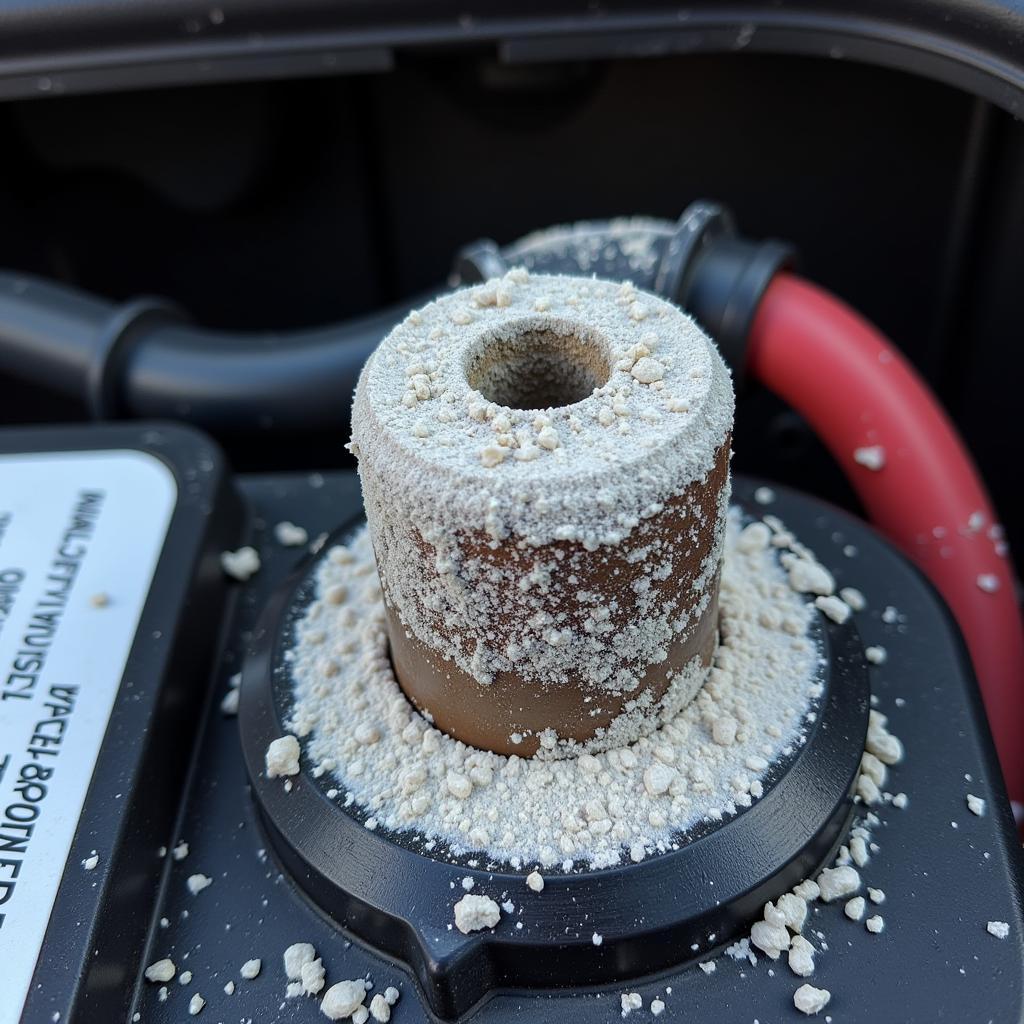In today’s world, car security is more critical than ever. As technology advances, so do the methods car thieves employ. Luckily, automotive manufacturers have stepped up their game with sophisticated anti-theft systems designed to deter theft and keep your vehicle safe. But have you ever stopped to wonder, “What does the anti-theft system do?” This article will delve into the intricacies of car anti-theft systems, providing you with a comprehensive understanding of how they protect your prized possession.
Understanding the Basics: What is an Anti-theft System?
An anti-theft system, in its most basic form, is a collection of electronic and mechanical components working together to prevent unauthorized access and theft of your vehicle. These systems vary in complexity, ranging from basic immobilizers to sophisticated GPS tracking and alarm systems. But regardless of their complexity, they all share the same goal: to keep your car safe.
How Anti-theft Systems Work: Layers of Protection
To understand what an anti-theft system does, it’s helpful to think of it as having several layers of protection:
1. Immobilization: This layer focuses on preventing the engine from starting without the correct key. Most modern vehicles use an immobilizer system with a transponder chip embedded in the key. This chip communicates with the vehicle’s Engine Control Unit (ECU), and only when the correct code is transmitted will the ECU allow the engine to start.
2. Alarm System: This layer acts as a deterrent, sounding a loud siren or horn if someone tries to break into your vehicle. The alarm system is triggered by sensors that detect forced entry, glass breakage, or motion inside the car.
3. Tracking System: For an added layer of security, some anti-theft systems include GPS tracking. This allows you or authorities to track your vehicle’s location in real-time if it’s stolen, increasing the chances of recovery.
Common Anti-theft System Features:
While the specific features of an anti-theft system vary depending on the make and model of your vehicle, here are some common components you might encounter:
- Keyless Entry: Allows you to lock and unlock your car without physically inserting the key into the door.
- Remote Start: Lets you start your car from a distance, helpful for warming up the engine or cooling down the cabin before you get in.
- Panic Button: Triggers the alarm system to scare off potential attackers and attract attention in an emergency.
- Vehicle Immobilization: Prevents the engine from starting without the authorized key or key fob.
- GPS Tracking: Enables real-time tracking of your vehicle’s location in case of theft.
Troubleshooting Anti-theft System Issues
Anti-theft systems, while generally reliable, can sometimes malfunction. If you’re experiencing issues, like the engine not starting or the alarm randomly going off, you might need professional help. This is where companies like Cardiagtech come in, offering remote diagnostics, programming, and software installation services to resolve your car problems.
FAQs about Anti-theft Systems
Q: Does my 2002 Ford Explorer Sport Trac have an anti-theft system?
A: Yes, the 2002 Ford Explorer Sport Trac comes standard with a passive anti-theft system that includes an engine immobilizer. You can learn more about it here.
Q: Does the Honda CRV EX have an anti-theft system?
A: Yes, the Honda CRV EX, like most modern vehicles, is equipped with an anti-theft system. To learn about the specifics of the CRV EX’s anti-theft features, you can find more information here.
Q: Does a passive anti-theft system have an alarm?
A: Not necessarily. Passive anti-theft systems, like immobilizers, are designed to prevent the engine from starting without the correct key. However, they don’t typically include an alarm system. You can find out more about passive anti-theft systems here.



